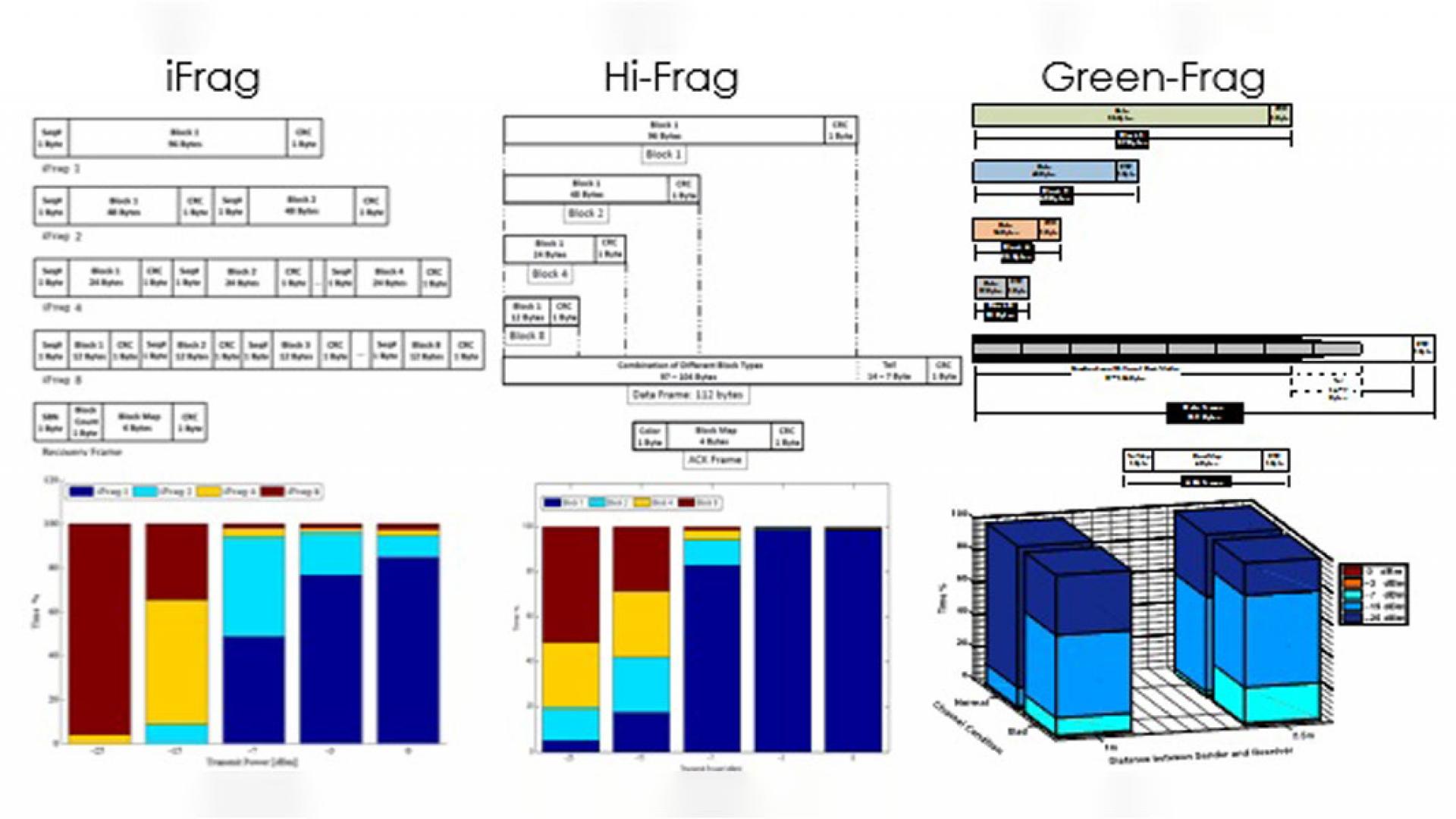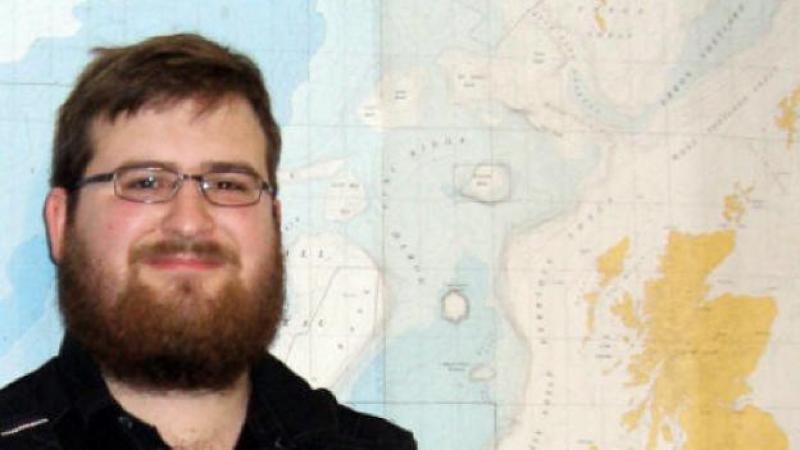Project Start Date
Project End Date
In this project, we tackled the dense deployment and energy efficient operation of sensor systems in underwater and terrestrial environments. We proposed an optimal node placement strategy that builds an initial underwater wireless sensor network infrastructure for implementing further research. We formulated the problem as a nonlinear programming with objectives of minimizing the total transmission loss, minimizing the number of nodes, and maximizing the covered volume. We further investigated different methods to localize events in a multi-hop wireless sensor network operating underwater using acoustic modems. We have developed a novel concept of an underwater alarming system, which adapts a cyclic graph model. In the event of link failure, a series of alarm packets are broadcasted in the network. These alarms are then captured through a novel concept of underwater Monitoring Courses (M-Courses), which can also be used to assure network connectivity and identify node faults. We found that M-Course routing reduces the number of signalling by up to 80% in some cases when compared to a naive routing implementation. We also found that generating an M-Course solution even over large networks (up to 800 nodes) is relatively inexpensive and can typically be achieved in under a second. We also extend our work on decoupling the relationship between network efficiency and frame errors, where a single bit error may result in data-link layer retransmissions of the entire frame. Frame fragmentation into smaller blocks with individual error detection has been used to address this problem. We proposed iFrag scheme, a dynamic approach to selecting a partition size as determined by the wireless channel characteristics. We also extend iFrag to incorporate heterogeneous block sizes in a novel scheme called Hi-Frag. We further implemented Green-Frag, which incorporate adaptive power mechanisms. The above mentioned schemes are implemented using TinyOS and validated using Telos-B sensor motes. Results shows that our schemes manage to reduce the overhead block by 35%, reduce the delay by 13%, and reduce energy consumption by 23%.
Funding
[2016-2019] Co-PI, "Perpetual Wireless Sensor Networks for Large Scale Wide Area Monitoring", Sensor Initiative Funding, by KAUST office of research with $225K
[2012-2015] KAUST Baseline Funding
Team Members
- Kamran Jamshaid
- Anas Daghistani
- Ammar Meer
- Abdulrahman Ben-Khalifa
- Abdullah Halafi
- Iman Boudellioua
- Mohammad Felemban
- Mathew Debont
Talks
-
iFrag: Interference-Aware Frame Fragmentation Scheme for Wireless Sensor Networks", IAMCS Symposium, KAUST, KSA, May 2013. [PPT]
Software Packages
- SensorCom v1.0, 2015. TyniOS implementation of unicast communication over TelosB motes.
- ChannelWidth v1.0, 2010. NS-2 software library for implementing different channel widths in 802.11 nodes.
SensorCom.zip Downloaded 100 times
ChannelWidth.zip Downloaded 75 times
By downloading any of our software packages, you acknowledge that these software packages are provided for the research purposes only and are not permitted for commercialization purposes. Also, you are aware of the fact that additional support is not offered, nor authors liable under any circumstances. If you happen to use any parts of our software packages, you acknowledge to provide a correct referencing providing the software package URL.


